Welcome to
Young's Photo Gallery
James W. Young, Professional Photographer
Cerro Tololo
The author was given a special task
in early 1998 to become an 'observer'
for 2MASS (the Two Micron All-Sky Survey), a program conducted by the
University of Massachusetts and the California Institue of
Technology (CIT)
The program was to produce an Infrared Sky Atlas of
the entire night sky,
and was conducted from two 54-inch specially designed
telescopes. One was
at Mt. Hopkins, Arizona, and the other identical instrument
located at Cerro
Tololo Observatory in northern Chile.
After 2 years of observing for the program at Mt. Hopkins, the principal
investigator for the project asked Jim to conduct the same observations
at
the Cerro Tololo facility, as a 'perk' for joining the overall
effort. Since
the author had never been in the southern hemisphere, he modified his
newly
acquired Ed Byers 'CAM-TRAK' for imaging the southern Milky Way, as he
performing his 2MASS observations. The author's trip lasted 9
days, and
the weather was especially good for imaging the Milky Way, all from
June 1
to June 7, 2000 (late fall for Chile).
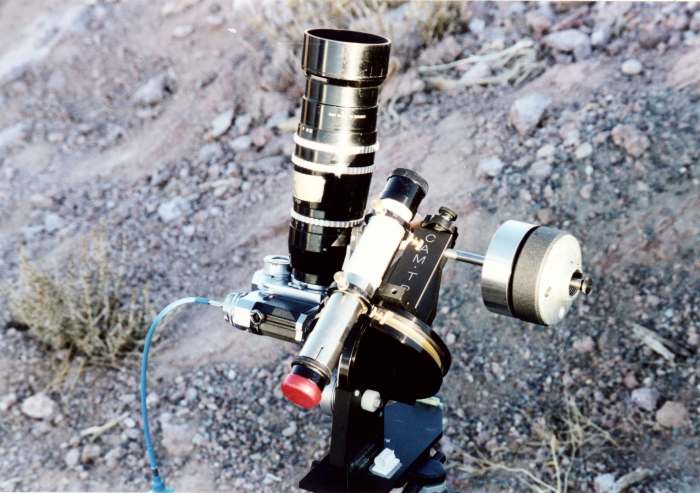
The necessary modification of the
'CAM-TRAK' was to replace the north sidereal
tracking motor, with a motor for southern hemisphere tracking. In
simple terms,
tracking in the northern hemisphere (using the above picture) requires
the polar
axis to move the camera from right to left (east to west). Using
the same picture,
in the southern hemisphere, the tracking has to go from left to right,
instead.
Images
The
following images were all taken with JPL's Contarex 35mm film camera
using
lenses listed for use with the Contarex camera, under this site's
'History' page.
The film
used was Kodak High Speed Ektachrome, and was brought back to the
states for all processing (and eventual scanning).
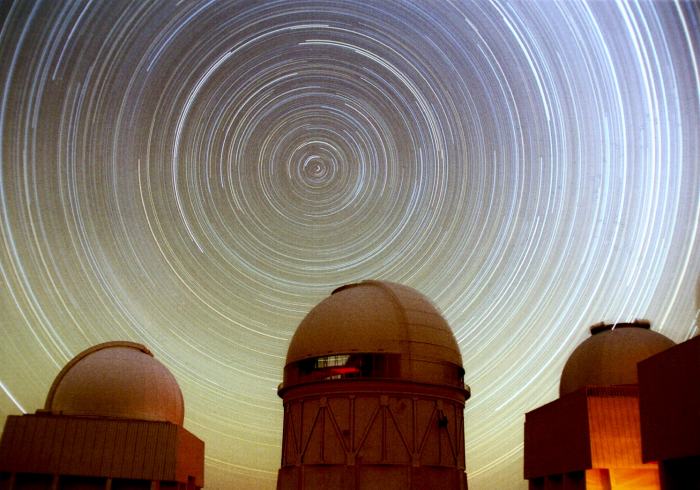
This is a 6-hour exposure of the South Celestial Pole, with the large
4-meter
'Blanco' telescope dome in the center.
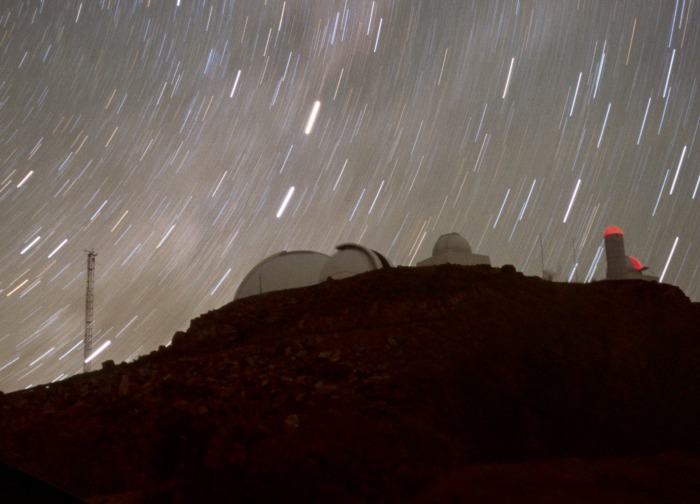
Here is the top of Cerro Tololo Observatory as seen from the 2MASS
telescope
area, about 100 feet below the summit.
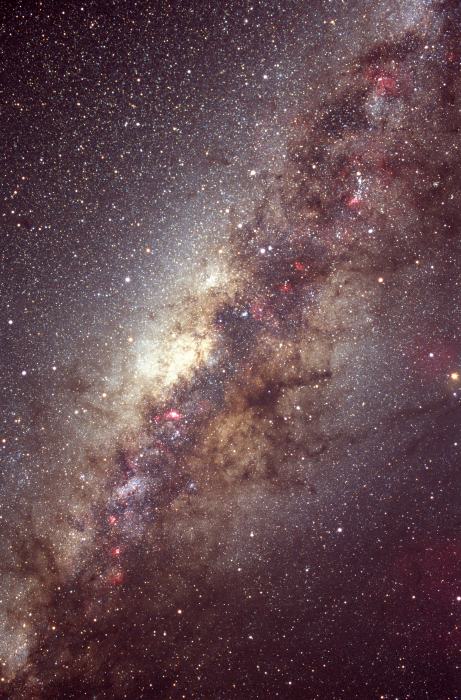
The Milky Way overhead
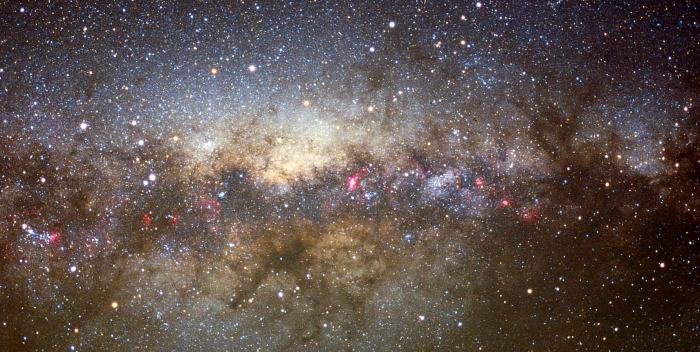
The Milky Way overhead
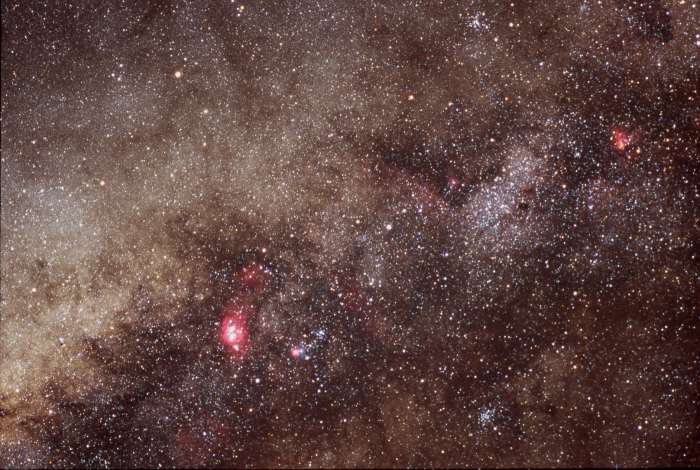
The Lagoon (M8), Trifid (M20), and Omega (M17)Nebulae, along with two
open clusters, M23 and M25
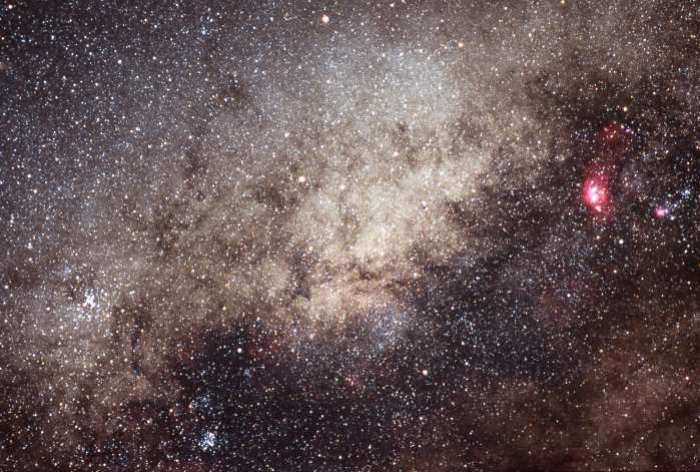
The Lagoon (M8) and Trifid (M17) Nebulae to the right, with the center
of the
Milky Way centered in the image, with M6 and M7 (open clusters) in the
lower left
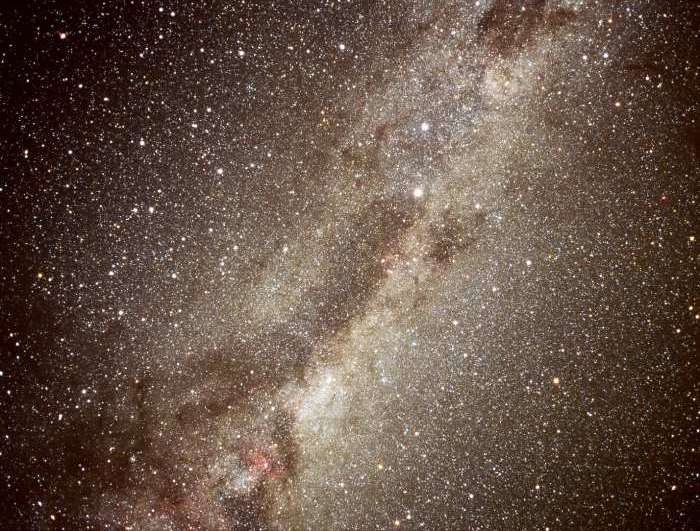
Alpha and Beta Centarus in the upper right center
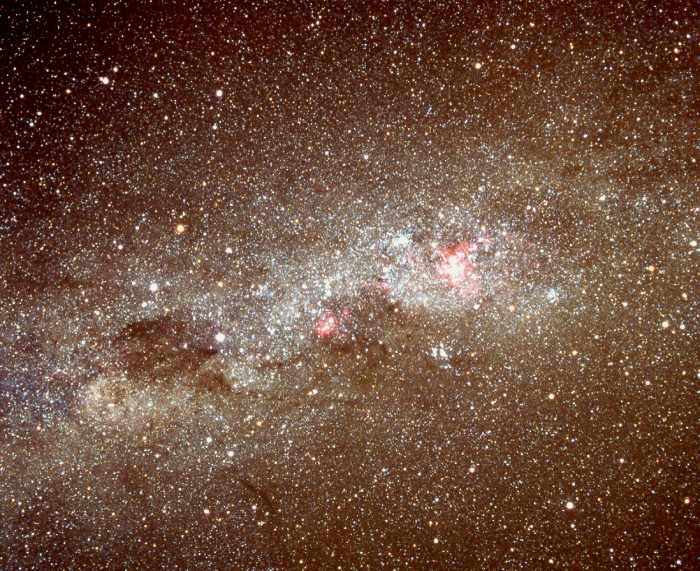
From left to right; The Coal Sack (dark area), the southern cross
(CRUX), the
Running Chicken nebula in the center, and the Eta Carinae nebula right
center
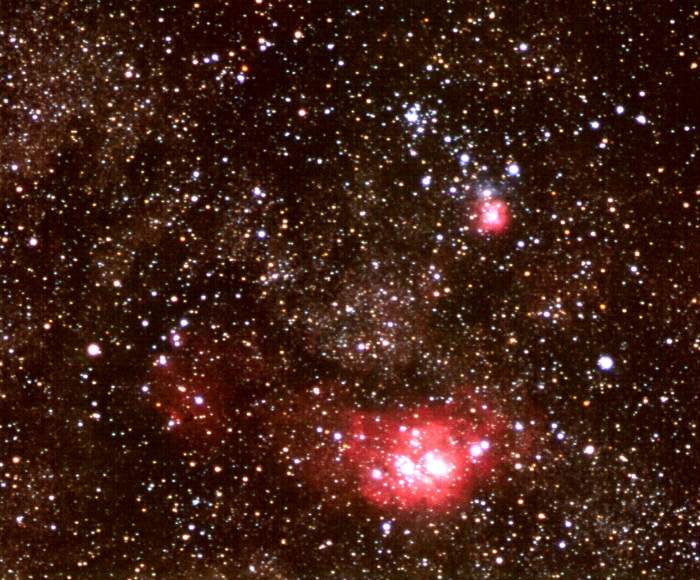
The Lagoon (M8) nebula bottom, and the Trifid (M20) nebula upper right
center
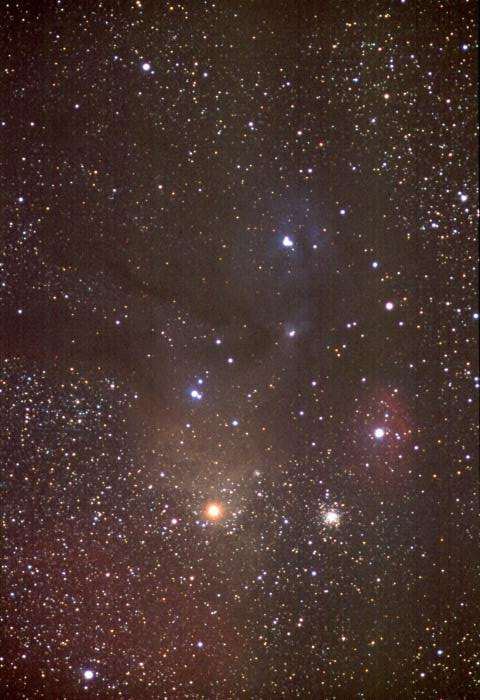
Rho Ophiuchi (top center), the star Antares, lower center, with the
globular star cluster, M4 lower right center
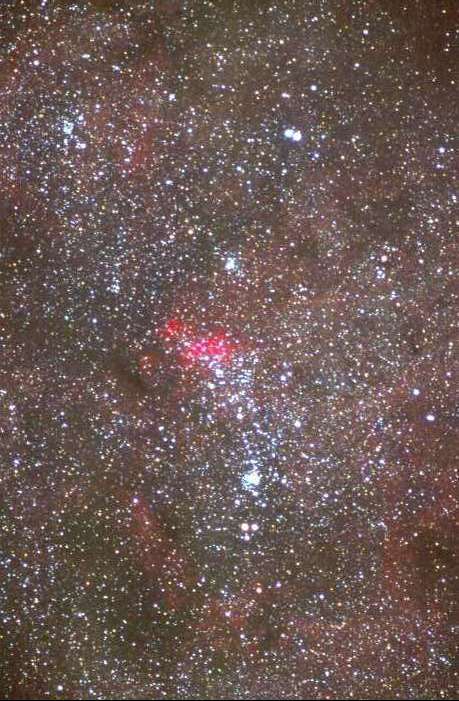
The center of the tail of the constellation SCORPIUS
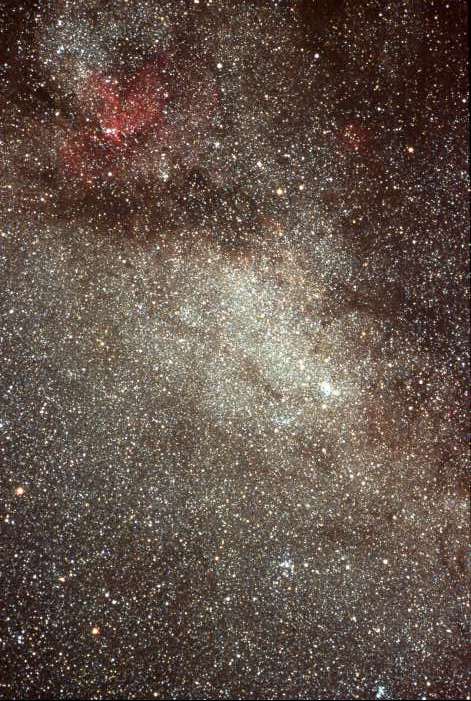
The NORMA (constellation) star cloud
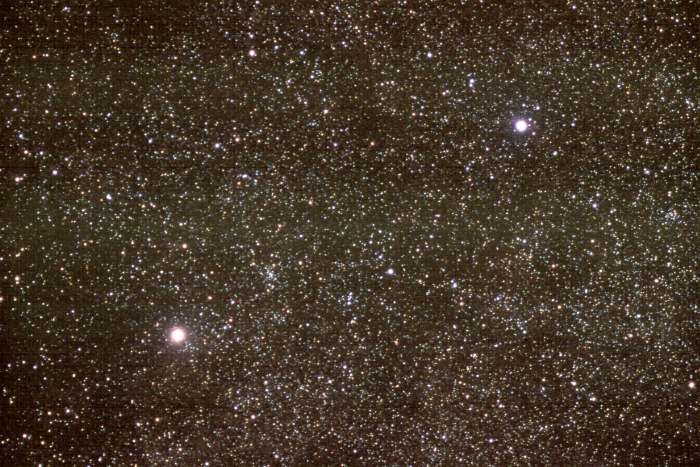
Left to right: Alpha (Rigil Kentaurus) and Beta (Hadar) Centauri
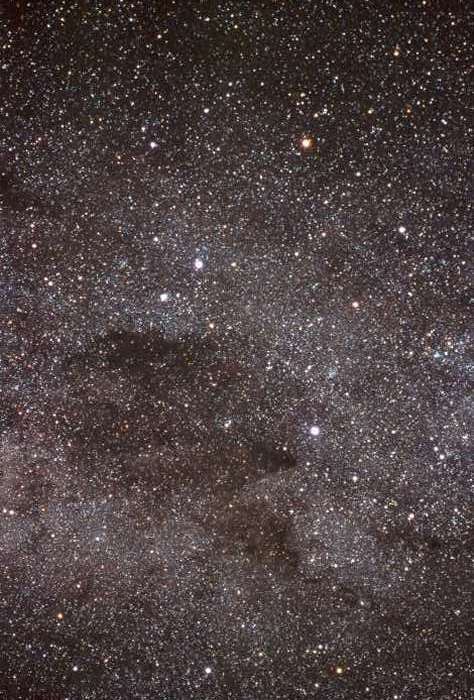
The Coal Sack (dark area) and CRUX to the upper right center
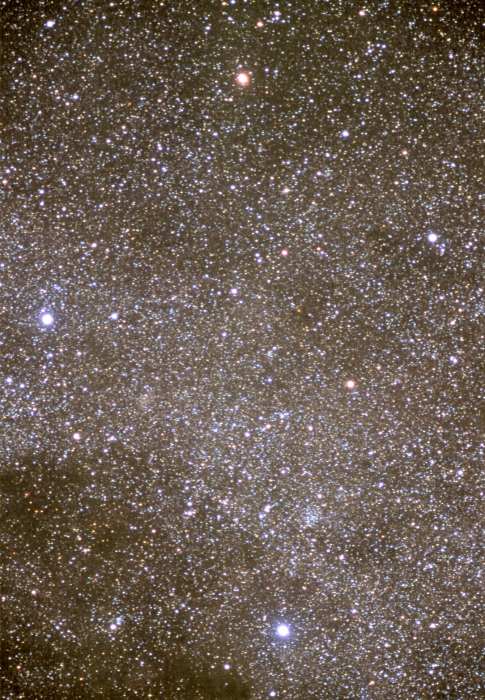
The constellation (CRUX), the Southern Cross
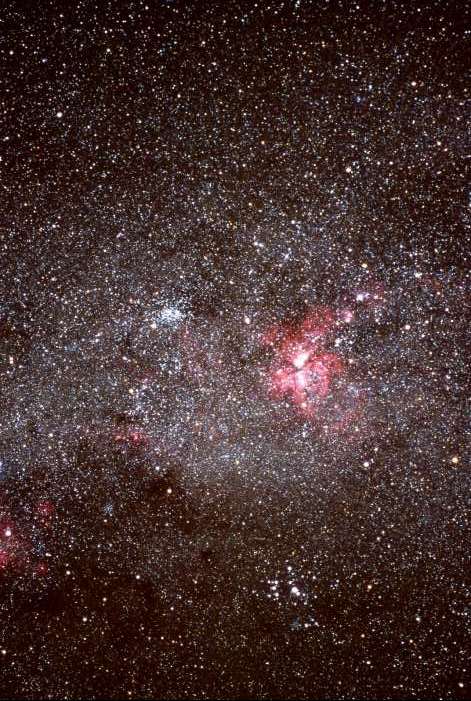
The Eta Carinae Nebula, and surrounding star clusters
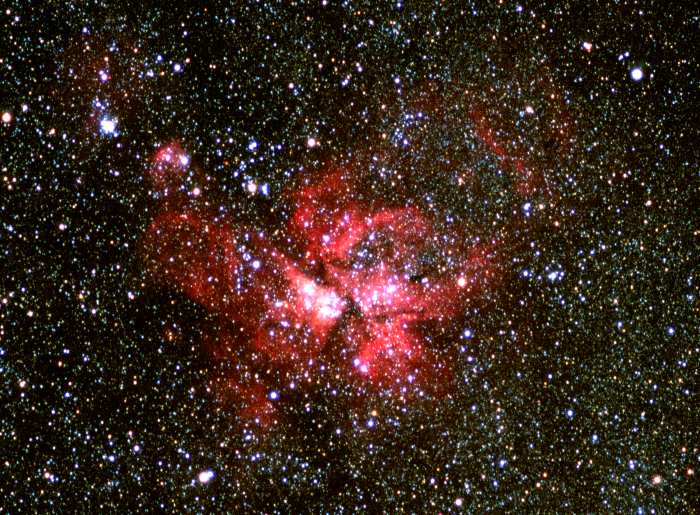
The Eta Carinae Nebula
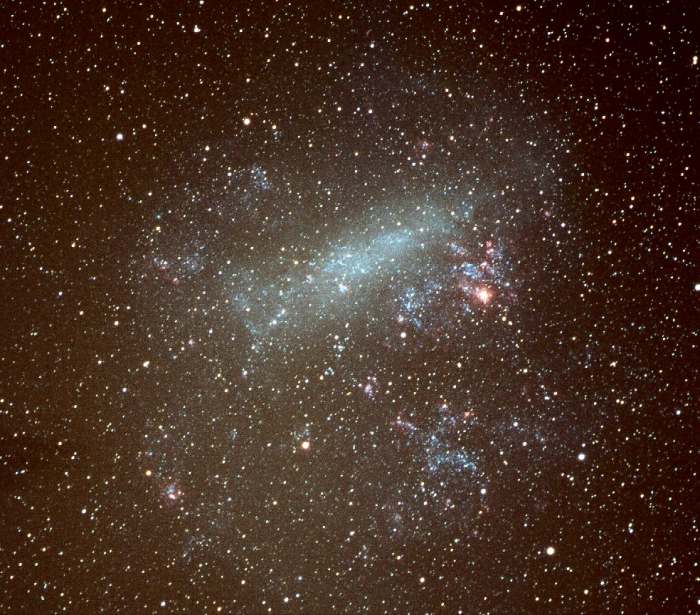
The Large Magellanic Cloud
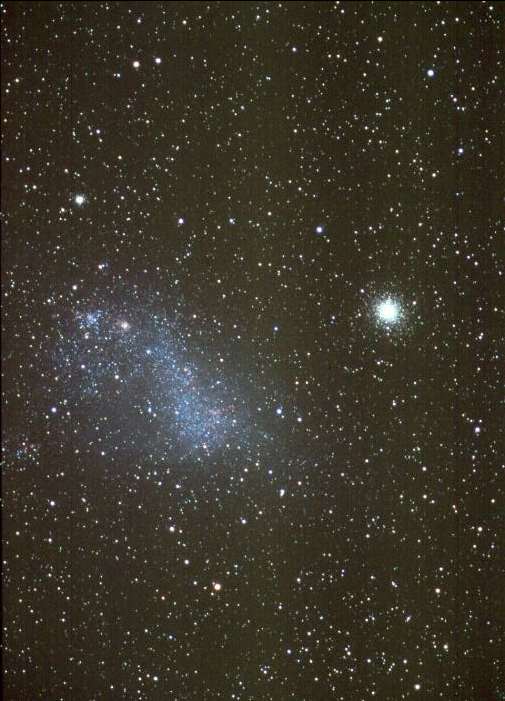
The Small Magellanic Cloud, and 47 Tucanae, a globular star cluster
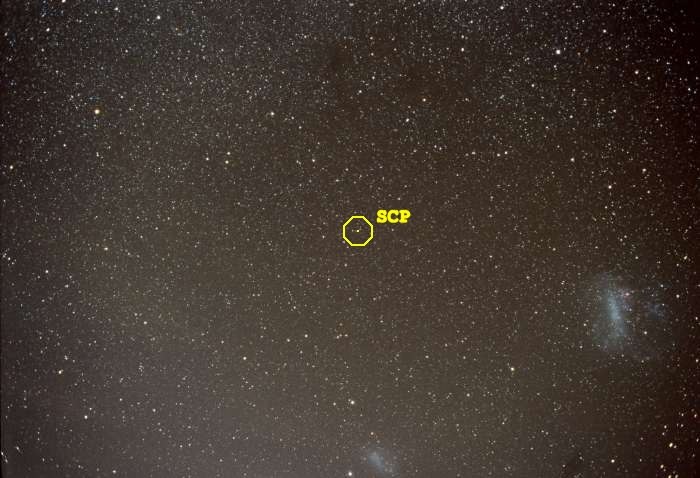
The two Magellanic clouds, and the obscure South Celestial Pole (SCP)